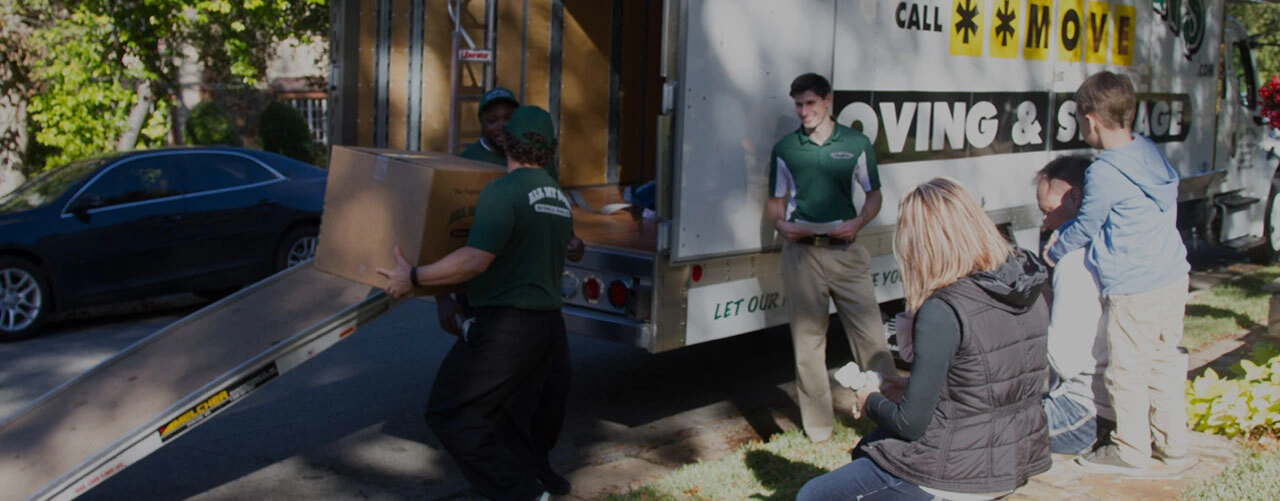Energy Saving Tips from the Corpus Christi Movers
Buying a home, like other important milestones in life, doesn't exactly come with a manual. Rather than learn lessons the hard way, why not let us help you make home owning a little easier? This month, we want to help you learn some tricks to save energy and consume less in your home, making your monthly utility bills lower and your carbon footprint smaller. Read on and learn our tips for saving energy and owning a home in Corpus Christi.
Lights and Hot Water:
Replace incandescent light bulbs with energy efficient fluorescent lights. Over its lifetime, a fluorescent bulb will save $30 - $50. Look for rebates from utilities to save you even more. Today's new compact fluorescent bulbs perform even better than the models of a few years ago, and the incandescent styles you are used to buying are getting phased out as more efficient models emerge.
Windows:
Replace standard curtains with tight sealing, insulated or quilted window coverings.
Install exterior storm windows, including cellar storm windows. For windows that are rarely opened, consider installing interior storm windows.
Reduce your hot water heater temperature to 120°.
Repair leaking hot water faucets, tanks and pipes. These are times when water truly is wasted and just goes down the drain.
Install low flow showerheads and faucet aerators to save energy and water.
Air Leaks:
Caulk foundation cracks and openings. Make sure kitchen and bathroom vent dampers close properly.
Weatherstrip windows, doors, and attic accesses; caulk the frames around windows and doors from the inside using a clear, pliable caulk. Repair broken or cracked glass and putty older windows; check to see that windows close properly and window locks pull sashes together. Insulate attics (especially attics with less than seven inches of insulation), walls, and flooring over unheated crawl spaces or basements.
Make sure doors close properly; repair or replace non-working doorknobs, latches and striker plates.
If you have a fireplace, be sure it is fitted with a tight sealing damper that is closed when the fireplace is not in use. If the fireplace is used infrequently, use a chimney block to eliminate heat loss.

